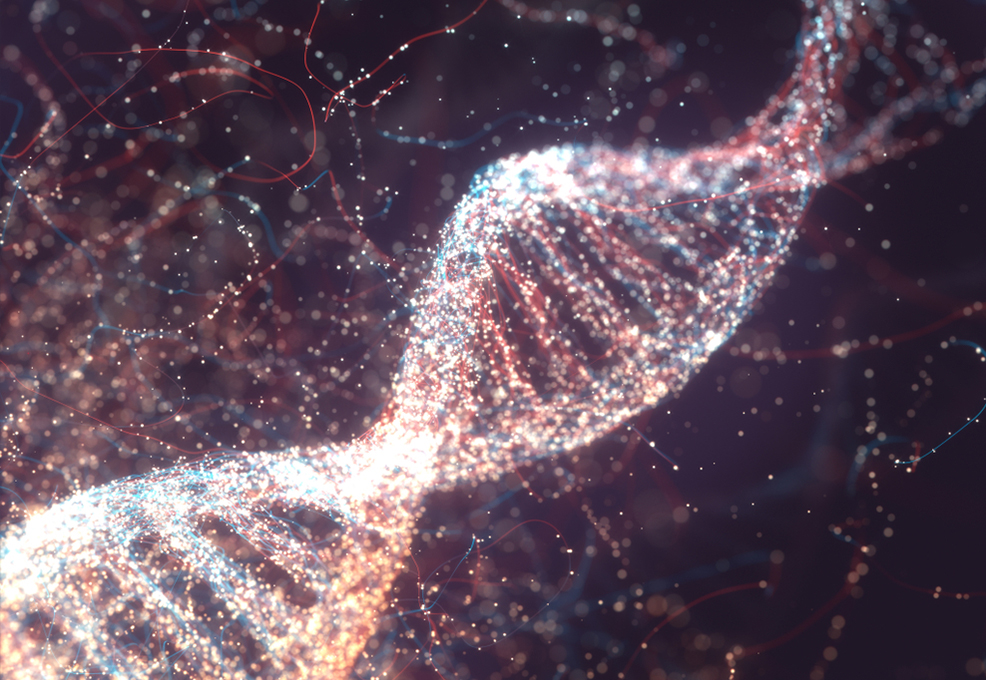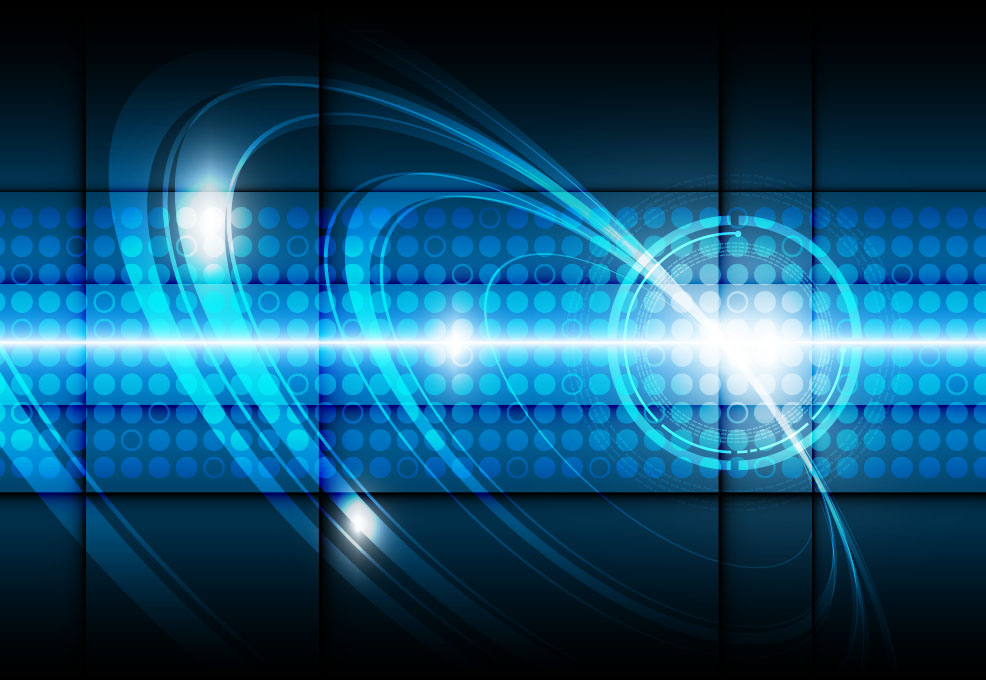An AI-based Pneumonia Detection Platform for COVID-19: MedCheX
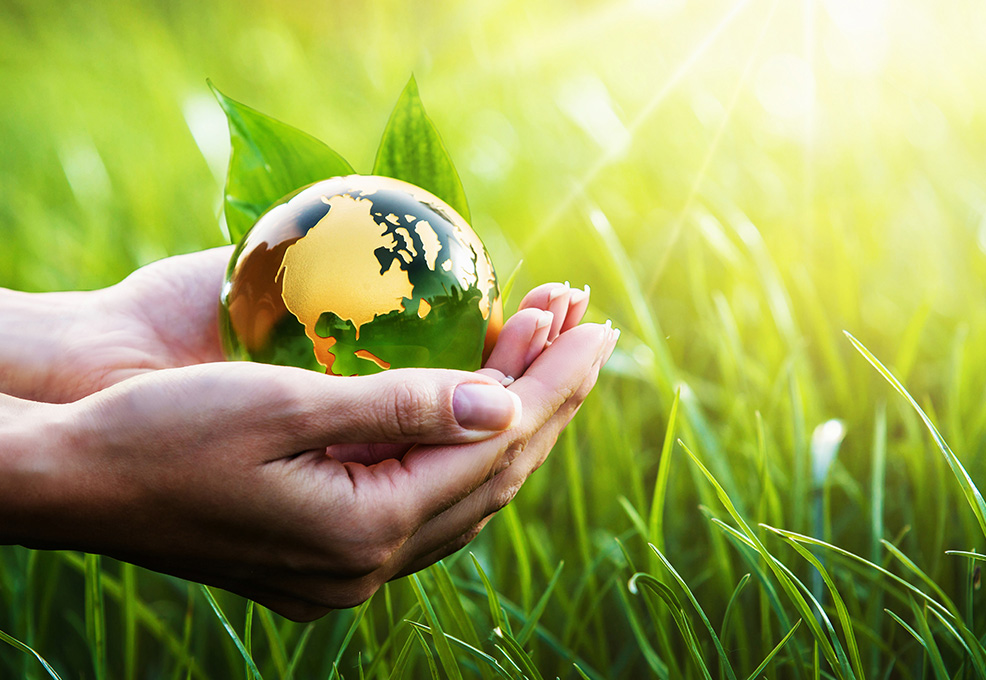
Author(s)
Hai-Chen Lin & Chia-Hsien YehBiography
Hai-Chen Lin,Associate Researcher, Science and Technology Policy Research and Information Center, National Applied Research Laboratories(corresponding author,email: jasmine_hclin@narlabs.org.tw)
Chia-Hsien Yeh, Assistant Researcher, Science and Technology Policy Research and Information Center, National Applied Research Laboratories
Academy/University/Organization
National Applied Research Laboratories-
TAGS
-
Share this article
You are free to share this article under the Attribution 4.0 International license
- ENGINEERING & TECHNOLOGIES
- Text & Image
- November 17,2021
In 2016, in order to slow down the rise in global temperature, the United Nations member states signed the Paris Agreement to achieve net-zero emissions by 2050 and to control global temperature to a level well below 2°C or even close to 1.5°C compared to the pre-industrial era. The Intergovernmental Panel on Climate Change (IPCC) Report published in 2018 even recommended that global carbon emissions should be reduced by nearly half by 2030 and reach net zero emissions by 2050(IPCC, 2018). In the circumstances, many countries are trying to intensify their efforts in carbon reduction through voluntary commitments and adoption of regulations, so that the impact of carbon emissions can be gradually controlled through global cooperation. The recent COP26 (26th UN Climate Change Conference of the Parties) climate summit held in Glasgow, UK, is meant to get participant countries to commit to net zero emissions by the middle of this century(BBC News, 2021). In the light of this global Net-Zero commitment, Premier Su Tseng-Chang, asked the Environmental Protection Administration to revise the "Greenhouse Gas Reduction and Management Act" in August 2021 with the goal of "2050 net zero emissions"(Executive Yuan, 2021). It is believed that one of the keys to achieving net-zero emissions is the pursuit of circular cycles in the economy. According to a study by the Ellen MacArthur Foundation, a non-profit organization known for promoting a circular economy, up to 45% of greenhouse gas reductions can be achieved through the pursuit of a circular economy (Ellen MacArthur Foundation, 2019).
Hydrogen Fuel Cells Can Help Achieve a Clean Energy Cycle
To ensure an efficient and clean energy cycle, we need the help of hydrogen fuel cells. Hydrogen is one of the cleanest fuels on the planet. It is a clean energy carrier because the product of combustion is only water which can be stored in various forms. For example, when there is excessive renewable energy power, hydrogen can be produced by water electrolysis and be stored in the forms of hydrogen or hydrogen derivatives. Then the stored hydrogen can be used directly for industrial combustion, or it can be released to work with hydrogen fuel cells to generate stable and clean electricity and water, and the electricity can be used in transport and building sectors. This two-way conversion model of producing hydrogen from water and generating electricity and water from hydrogen through fuel cells facilitates the realization of clean energy recycling.
International Hydrogen Fuel Cell Research Trends
By searching the Clarivate Web of Science database for hydrogen fuel cell-related literature from 2016 to 2020 and analyzing global hydrogen fuel cell-related papers on the InCites platform, we found that the top three research areas are: chemistry, materials science, and energy fuels (as shown in Figure 1), which corresponds to the focus on electrolyte development, electrode materials, and energy efficiency improvement.
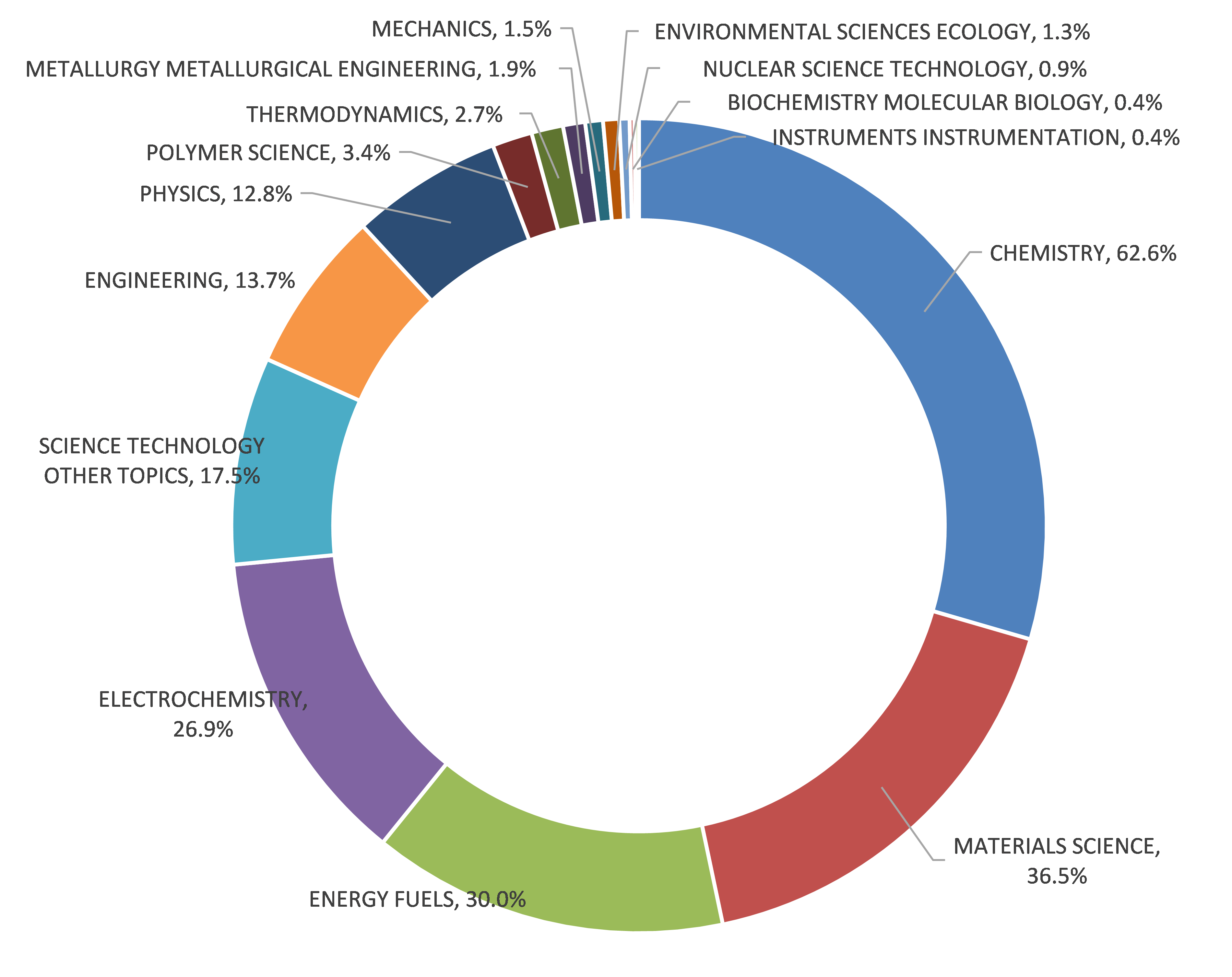
Fig. 1 Distribution of Global Hydrogen Fuel Cell Papers by Research Area, 2016-2020 (Source: Web of Science)
By looking into the global trend of hydrogen fuel cell publications from 2016 to 2020 (as shown in Figure 2), we can see that the number of related papers published in the past five years has grown rapidly, with an increase of more than 3,000 papers, showing a growth of more than 60%. The recent trend of hydrogen fuel cell technology is mainly about the development of commercial stationary fuel cells and fuel cell vehicles. Some leading countries, such as the United States, Japan, and the European Union, have started to build hydrogen refueling stations to help accelerate the development of hydrogen fuel cell technology on one hand and expand market demand on the other. Depending on the variety of electrolyte, there are five types of fuel cells, including (1) Proton Exchange Membrane Fuel Cell (PEMFC), (2) Alkaline Fuel Cell (AFC), (3) Phosphoric Acid Fuel Cell (PAFC), (4) Molten Carbonate Fuel Cell (MCFC), and (5) Solid Oxide Fuel Cell (SOFC). Since the operating temperature of proton exchange membrane fuel cells is about 80°C, they are suitable as a source of power for vehicles. As solid oxide fuel cells can operate at 600°C, they are more suitable for thermoelectric systems.
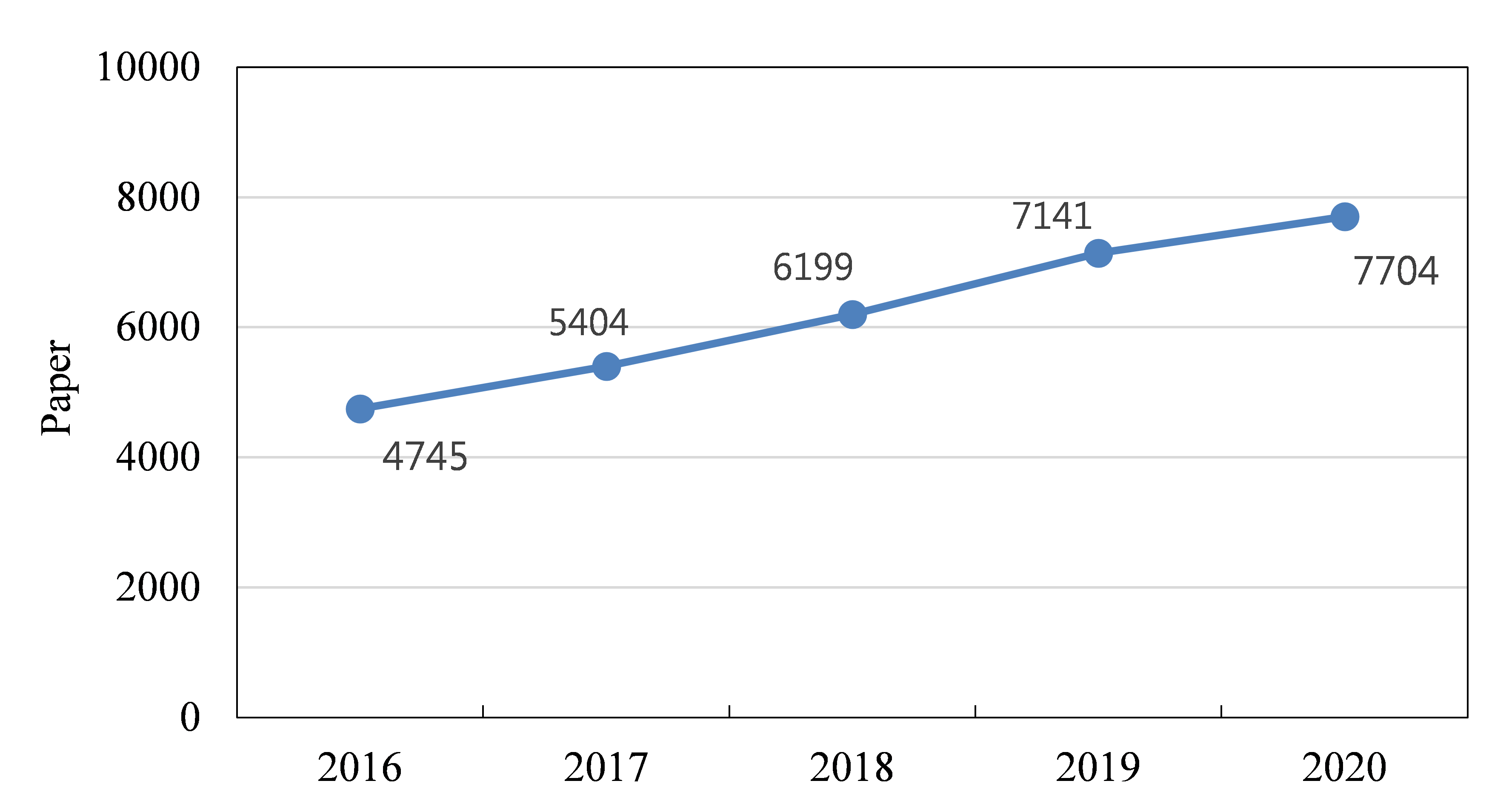
Fig.2 Growth Trend of Global Hydrogen Fuel Cell Related Papers, 2016-2020 (Source: Web of Science)
Further analysis of the number of papers published by countries shows that China (15,897 papers), the United States (4,445 papers) and South Korea (2,413 papers) are the leading countries in the world in terms of hydrogen fuel cell research in the past five years, while Taiwan ranks 13th with 610 papers (Figure 3). Meanwhile, the main research areas in published papers by Taiwanese academics are chemistry (60%), materials science (36%) and energy fuels (35%), which is in line with the international trend of fuel cell development. Our research focuses on the development of electrolyte and electrode materials to achieve efficient energy conversion and high stability of hydrogen fuel cells, such as: formulation and structuring of various electrolyte, metal-doping of catalysts, graphene-nanostructure electrodes, etc.
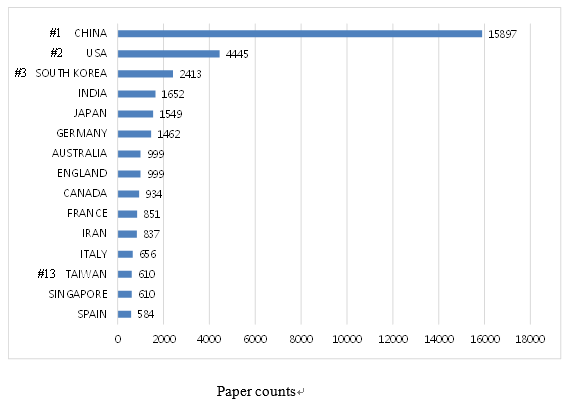
Fig. 3 Global Hydrogen Fuel Cell Related Papers by Country, 2016-2020 (Web of Science)
International Promotion of Hydrogen and Fuel Cell Technology
As 131 countries are committed to net-zero emissions by 2050, the establishment of a net-zero energy cycle and the deployment of clean and efficient energy technologies become the challenges that need to be overcome. In 2019, the U.S. Fuel Cell and Hydrogen Energy Association proposed a "Road Map to a US Hydrogen Economy"(Fuel Cell and Hydrogen Energy Association, 2019), which suggests that hydrogen energy will account for 14% of U.S. energy demand by 2050, and it hopes to promote the use of hydrogen in transportation fuels, power generation and grid balancing, residential and commercial sector fuels, long-range transportation, and industrial feedstock and fuel-related applications. The European Union (EU) has set clear goals and development paths for hydrogen energy in its Green Deal., It calls for hydrogen to be introduced in the chemical industry by 2024, in the steel manufacturing and transportation industries by 2025-2030, and in industries that are more difficult to decarbonize after 2030(Fuel Cells and Hydrogen 2 Joint Undertaking, 2019). Japan's Green Growth Strategy through Achieving Carbon Neutrality in 2050(METI, 2020) aims to increase the share of hydrogen/ammonia in power generation to roughly 10% by 2050, with applications in transportation, power generation, steelmaking, chemistry and fuel cells. In addition, Japan and Australia have begun to cooperate on hydrogen energy production and transportation, and hope to import hydrogen from Australia to Japan in the future, forming a transnational supply chain for hydrogen energy recycling.
Grasp the opportunity of energy cycle development in Taiwan
In the past, our country's primary goal in carbon reduction and energy recycling was the promotion of renewable energy. With the government's strong support for the construction of renewable energy and the expansion of capacity, our focus needs to be shifted to energy supply adaptation in the circumstances of a high proportion of renewable energy in the future. In terms of domestic hydrogen technology research and development and industry promotion policies, the 2016 New National Energy Policy (NEP) set a target -20% of total generated power needs to be renewable energy by 2025. In the "Energy Industrial Technology White Paper (2016 Edition)", the key items and short term (~2018) and medium term (~2025) timelines of technological development for the hydrogen energy and fuel cell industries in Taiwan are set out, including hydrogen fuel production technology, hydrogen fuel supply technology, and proton exchange membrane fuel cell technology. In terms of fuel cell-related R&D investment, the National Energy Program (NEP) has invested in hydrogen fuel cell-related R&D in the first and second phases of the program from 2009-2018, including proton exchange membrane fuel cells and solid oxide fuel cells. The Fuel Cell Demonstration Project implemented by the Bureau of Energy, Ministry of Economic Affairs from 2009-2013, has led to the establishment of about 20-30 companies in the midstream and downstream industries in Taiwan. To address the future needs of hydrogen energy under the net-zero emission goal, the Green Energy Technology Joint Research and Development Program of the Ministry of Science and Technology will further promote research projects on advanced hydrogen materials from 2021 onward, focusing on the development of hydrogen electrolysers and hydrogen storage materials. In addition, the Bureau of Energy of the Ministry of Economic Affairs (MOEA) has been conducting the Industrial Energy Technology Program (IETP) which also provides funding for relevant R&D projects to the industry, including the development of stationary fuel cells, hydrogen energy production technologies, and fuel cell peripheral components and application systems. Among recent cases, Dr. Ta-Jen, Yen, National Tsing Hua University, has broken through the limitations of hydrogen production by using plasmonic nanocomposites with molybdenum disulfide (MoS2) in a light-induced hydrogen evolution reaction to increase the efficiency of hydrogen generation by nearly 30 times (Sriram, 2018). The team of Dr. Kuan-Wen Wang, National Central University, has built an efficient, stable, and low-cost hybrid photoelectrochemical and voltaic system which uses renewable solar power to generate hydrogen from photoelectrochemical water splitting (Huang, 2021).
The global trend of net-zero emissions will pose a great challenge to the development of the industry in Taiwan. In addition to promoting the construction of large-scale renewable energy (solar and wind power) facilities in the short term, our long-term energy development plan will need to focus on the aforementioned recycling model of energy storage using residual electricity to produce hydrogen. Globally, there are currently 359 large scale hydrogen energy projects, and it is estimated that by 2030, the total investment in R&D projects and the value chain will reach US$500 billion. 30 countries around the world have already formulated specific hydrogen energy development strategies (Hydrogen Council, 2021). With many developed countries around the world actively investing in hydrogen energy and fuel cell research and development, Taiwan should pay more attention to the development of hydrogen energy and fuel cells and formulating strategy for hydrogen fuel cells by leveraging the advantages of the current local battery component supply chain to enhance Taiwan's competitiveness in the hydrogen fuel cell industry. To accelerate the development of hydrogen fuel cells, the government should focus on hydrogen energy infrastructure, such as planning and investment in production, transportation and storage facilities of hydrogen, and formulate a subsidy strategy for cities and counties or suitable demonstration sites. The government needs to subsidize industry for fuel cell-related products by increasing the incentives for government procurement. In addition, the commercialization of hydrogen fuel cells can be based on the planning and practices of advanced countries such as Japan, Britain and Germany. Japan has proposed the following specific applications for the hydrogen energy society: (1) the development of fuel cells to replace conventional household energy systems with proton exchange membrane and solid oxide fuel cells; (2) the development of hydrogen fuel cell vehicles (such as trucks) and the construction of hydrogen refueling stations to extend the driving distance; (3) In the medium and long term, hydrogen power can be used as a flexible backup power source to achieve low carbon energy transformation. For example, at this year's Taiwan-UK Hydrogen Energy Forum, issues like the deployment of hydrogen stations for road transportation and the production of green hydrogen from off-shore wind turbines were discussed. At the Taiwan-Germany Energy Transformation Forum, Germany demonstrated a strategy by using energy conservation, green energy, and hydrogen to achieve the 2050 net zero emission target. In order to accelerate the application of related technologies in Taiwan, we still have much to learn from other countries.
References
- BBC news (2021). Cop26: features, highlights and expectations of the glasgow climate summit. Retrieved from https://www.bbc.com/zhongwen/simp/science-56745219
- Ellen MacArthur Foundation (2019). Completing the picture: how the circular economy tackles climate change. Retrieved from www.ellenmacarthurfoundation.org/publications
- Executive Yuan (2021). Premier Su: Actively handle the revision of the "Greenhouse Gas Reduction and Management Law" and incorporate it into the "2050 Net Zero Emissions" target. Retrieved from https://www.ey.gov.tw/Page/9277F759E41CCD91/73a4e8b2-15bf-41d3-9b82-c4a8fe6a43b0
- Fuel Cells and Hydrogen 2 Joint Undertaking (2019). Hydrogen roadmap Europe. Retrieved from https://www.fch.europa.eu/sites/default/files/Hydrogen%20Roadmap%20Europe_Report.pdf
- Fuel Cell and Hydrogen Energy Association (2019). Road map to a US hydrogen economy. Retrieved from https://www.fchea.org/us-hydrogen-study
- Hydrogen Council (2021). Hydrogen investment pipeline grows to $500 billion in response to government commitments to deep decarbonisation. Retrieved from https://hydrogencouncil.com/en/hydrogen-insights-updates-july2021/
- Huang, T.H., Bhalothia, D., Dai, S., Yan, C., Wang, K.W., & Chen, T.Y. (2021). Bifunctional Pt–SnOx nanorods for enhanced oxygen reduction and hydrogen evolution reactions. Sustainable Energy & Fuels, 5, 2960-2971. https://doi.org/10.1039/D1SE00410G
- IPCC (2018). Summary for policymakers. In: global warming of 1.5°C. An IPCC special report on the impacts of global warming of 1.5°C above pre-industrial levels and related global greenhouse gas emission pathways, in the context of strengthening the global response to the threat of climate change, sustainable development, and efforts to eradicate poverty. Retrieved from https://www.ipcc.ch/site/assets/uploads/sites/2/2019/05/SR15_SPM_version_report_LR.pdf
- METI (2020). Green growth strategy through achieving carbon neutrality in 2050. Retrieved from https://www.meti.go.jp/english/press/2020/pdf/1225_001b.pdf
- Sriram, P., Su, D.S., Prakash, P.A., Manikandan, A., Wang, S.W., Chang, H.T., Chueh, Y.L., & Yen, T.J. (2018). Hybridizing Strong Quadrupole Gap Plasmons Using Optimized Nanoantennas with Bilayer MoS2 for Excellent Photo-Electrochemical Hydrogen Evolution. Advanced Energy Materials, 8, 1801184. https://doi.org/10.1002/aenm.201801184
STAY CONNECTED. SUBSCRIBE TO OUR NEWSLETTER.
Add your information below to receive daily updates.



